USA and Canada

U.S. corn imports affect barley price
Growers might want to delay pricing their 2022 barley crop, says an analyst.
“With corn pushing higher, we don’t think there’s a major rush on the new crop pricing,” Marlene Boersch, managing partner of Mercantile Consulting Venture, told farmers attending the Saskatchewan Crop Organizations 2022 conference.
“We would like to see around $6.50 (per bushel) before we start doing that.”
Her advice on old crop is decidedly different, with prices hovering around $9 per bu.
“Be sold on all your current crop before we get anywhere close to new crop,” she said.
Canadian barley exports have been strong in 2021-22. Year-to-date exports are 989,000 tonnes, up from 746,000 tonnes the previous year.
Read More…
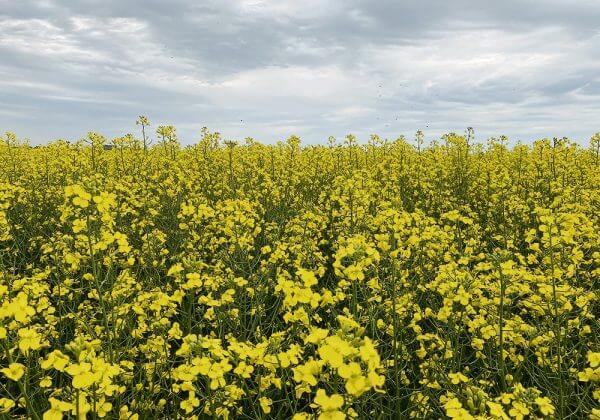
Good value available on old, new crop canola: analyst
Growers should seriously consider selling old crop canola and locking up some new crop production at today’s values, says an analyst.
Marlene Boersch, managing partner of Mercantile Consulting Venture, said $23.50 to $24 f.o.b. the farm for old crop canola and $17.50 to $18 for new crop are good values depending on location.
“These are some very, very reasonable targets,” she told growers attending the Saskatchewan Crop Organizations 2022 conference.
Boersch encouraged farmers to book some new crop production at today’s values but keep some to play with too because it is dry heading into 2022 spring planting.
Canola supplies are expected to remain tight into summer due to the good pace of crush.
She is forecasting a paltry 426,200 tonnes of carryout for the 2021-22 crop based on nine million tonnes of crush and 4.76 million tonnes of exports.
Read More
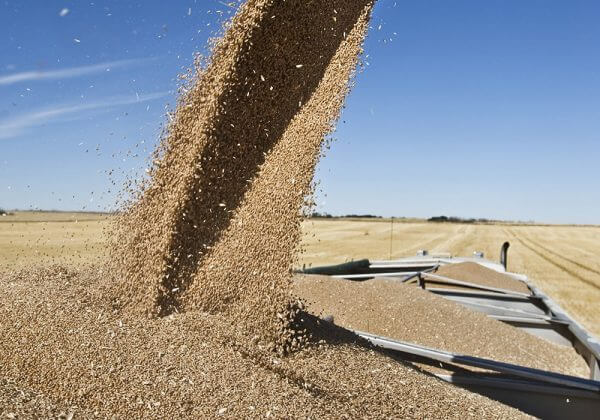
Farmers shouldn’t expect major spring wheat rally
Growers who are holding their breath for US$24 spring wheat futures need to exhale, says an analyst.
“Not a chance,” said Chuck Penner, owner of LeftField Commodity Research.
That is the level that futures values achieved in 2007-08 but the circumstances were far different back then.
The Canadian Wheat Board was a major player at that time and it found itself short wheat.
That is what drove the market to sky-high levels, Penner told delegates attending the Saskatchewan Crop Organizations AGMs & Market Outlook Sessions conference.
He thinks a repeat of 2007-08 is improbable.
“From a futures perspective, I would say the odds of a sharp rally aren’t great,” said Penner.
Read More…

Tractor, combine unit sales finish 2021 with major gains
Nearly 360,000 total tractors and combines left dealer lots in 2021 in North America. The latest data from the Association of Equipment Manufacturers shows U.S. and Canadian unit sales of ag tractors and combines finished 2021 with gains of more than 10% in nearly every segment in both countries.
U.S. total farm tractor sales gained 0.3% for the month of December compared to 2020, while U.S. self-propelled combine sales for the month saw a gain of 25.3%. Those gains contributed to a total gain for the year of 10.3% for tractors, and 24.7% for combine harvesters. For the year, the only segment in either the U.S. or Canada that gained less than 10% was sub-40hp tractors in the U.S., growing 8.9%. The overall growth leader for tractors in the U.S. were 100+hp 2WD tractors, growing 24.1%, followed by articulated 4WD tractors, up 18.3%. A total of 317,897 tractors and 6,272 combine harvesters found new homes in the U.S. in 2021.
In Canada, sales of tractors for the month of December grew 10.5%, while combines fell 17.6% year-over-year. Read more…
New Zealand
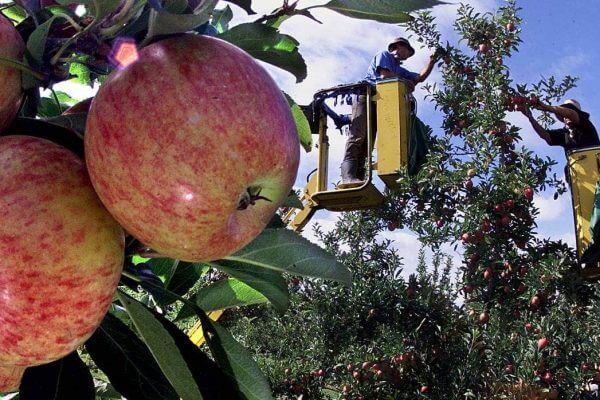
Growers weary as harvest ‘crunch time’ nears amidst ongoing labour shortage
The humble livestock truck is driving into the modern era armed with cloud computing technology and mobile apps, as accessible technology makes transport faster and more efficient.
Sam and Sara Orsborn would have been the last people to guess the computer program they developed seven years ago to streamline the family’s Wairarapa feed pellet business would grow into MyTrucking.
It is now a recognised software company servicing 450 transport companies in New Zealand, Australia and the United Kingdom.
Traditionally trucking companies were reliant on paper, clipboards and a glovebox filing system to keep logbooks, dockets and schedules under control, and that’s just the truck. The office would have a big thick diary, multiple bottles of Twink and a pile of different coloured pens.
Read More here…

Grape growers hoping rain holds off
Grape growers are hoping the rain stays away, to ensure a good harvest this year.
Downfalls late November and early December, combined with warm weather, caused disease control issues for Marlborough vineyards Giesen Wines company viticulturist Craig Vanstone said.
Vanstone said late November/early December downpours brought more than 10 millimetres of rain over a few days, which meant extra work for vineyard staff.
“We had our scouts out checking for disease and dealing with it, but had this rain kept coming downy mildew would’ve been a bigger problem,” he said.
“The vineyard managers in the Marlborough region just don’t have the labour force this season to manage the extra work right now but the team we had monitored closely for disease.”
Read More here…

Farmers say more dams needed in hotter climate
NIWA says 2021 was the warmest year since records began 112 years ago and farmers say they now need more ground water sources and have to buy more stock feed to compensate.
The NIWA Annual Climate Summary 2021 shows the nationwide average temperature for 2021 was 13.56C, which was nearly 1 per cent above the 1981-2010 average.
The summary shows 55 per cent of the days monitored had above average or well above average temperatures and the easterly winds contributed to dry and warm soils.
Autumn was warmer than usual but had outbursts of heavy rainfall, but farmers say this combination was not good for renewing pasture growth.
Northland experienced drought in the first few months of the year and like Hawke’s Bay this continued for another a couple of months into autumn, Northland Federated Farmers president Colin Hannah said.
Read More here
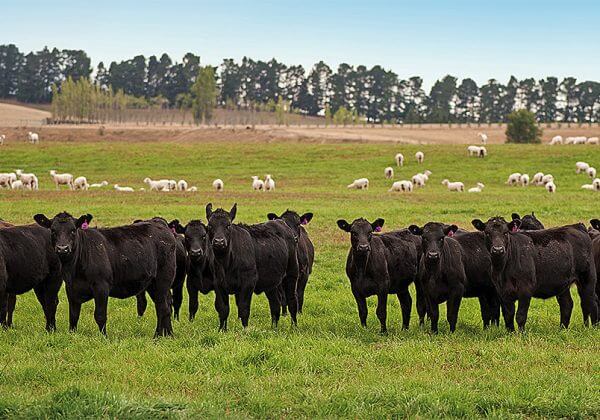
Although demand from all red meat markets seems to be firing at the same time, supply chain logistics and pandemic risks are taking the shine off this demand, and unsettling the prospects for 2022
Asking the meat companies when the present inflated level of market demand and high prices will fall off a cliff won’t provoke any confident predictions of impending disaster. But there is a degree of nervousness, partly because high prices from importing countries never last for ever, but more because a combination of factors beyond exporters’ control threaten to disrupt the party.
None of these factors has yet had a serious impact, but inevitably one or all of them will arise during the first half of 2022 which every farmer will know is the peak of the season.
The first, probably most immediate, issue is the livestock supply pattern which will remain low in the lead up to Christmas because of the cold spring before surging just when the plants have a series of short weeks. If it dries out in January, slaughter space will be very tight which explains why all processors are trying to encourage suppliers to get in early.
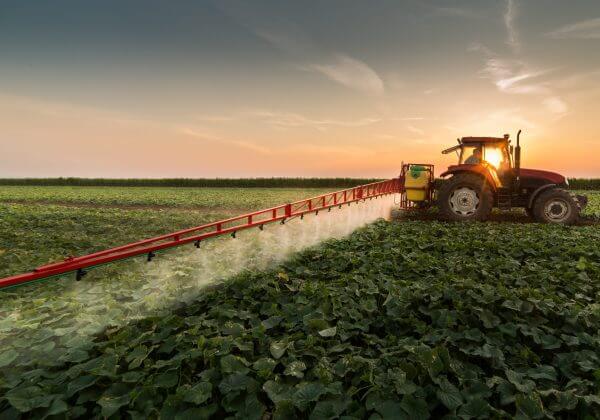
Tractor sales have a strong year in 2021 as wheels kept turning in essential industries, but supply remains an issue
New tractor sales went from strength to strength throughout 2021, NZTA data shows.
During November 2021, 294 units were registered and the number had been steadily climbing since January when 175 were sold.
These numbers only include tractors registered for use on the road, so the actual figures are higher by about a third, said Kyle Baxter, president of the Tractor and Machinery Association of New Zealand (TAMA).
“Our members recorded 421 units sold to customers in November.”
He said the best guide for analysing the sector each unit is destined for is by horsepower: under 50hp will be for lifestyle use and those will never be registered for road use.
Australia
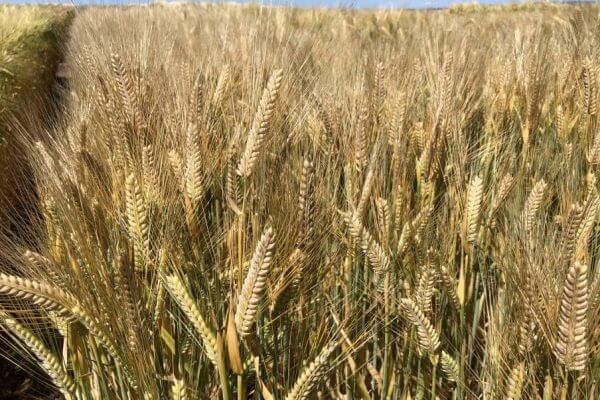
Genetic solution in the works to maintain high barley yields
A CHANGING climate has made heat stress an inevitable risk to barley yields for Australian growers, but there’s optimism a genetic solution could be at hand to preserve productivity.
The Grains Research and Development Corporation’s (GRDC) capacity building investment has supported the work of Camilla Hill, who is investigating the practical application of genetics to plant breeding.
Dr Hill is working on a GRDC investment, in conjunction with Murdoch University’s Western Crop Genetics Alliance, which aims to identify genes that infer heat tolerance in barley varieties to deliver new genetic resources to Australian barley breeders.
“The information we’ve collected will allow the identification of new markers to breed barley varieties with enhanced spikelet fertility under heat stress,” Dr Hill said.
Read more here…

Spotlight shines on three new wheat varieties
WITH three new wheat varieties released last year alone, there is no denying that varieties are being released quicker than ever and are increasingly hitting the market with only one year of National Variety Trial (NVT) data behind them.
Due to that, some of those new varieties may not have early sown or other data required to test them in their applicable sowing window.
While there is a potential advantage in bringing beneficial varieties to market sooner, it can be difficult for growers, agronomists and researchers alike to know what the risks and opportunities of those new varieties are.
Speaking at the recent Department of Primary Industries and Regional Development’s (DPIRD) Grain Industry Day, held at Optus Stadium in Perth, research scientist Dion Nickol presented an overview of the three new wheat varieties and what limited information was known about how they might fit in the farming system.
Read more here…

Big tonnages received at bulk handlers
AUSTRALIA’S major bulk handlers have received over 38 million tonnes of grain for the 2021-22 season with more still coming in.
The massive figure has been underpinned by a record year in Western Australia.
CBH reported last week it had received over 20 million tonnes into its network for the first time, passing the milestone on December 29, with 20.4m tonnes in its network as of January 3.
The bulk of the harvest is over in WA, but CBH acting chief operations officer Mick Daw said there were still some substantial tonnages to be delivered into the system in the southern Albany port zone.
A feature of the harvest has been its evenness, with distribution per port zone varying between 4.9m tonnes, in the Kwinana North zone, to 3.4m tonnes in the Esperance zone.
Read more here
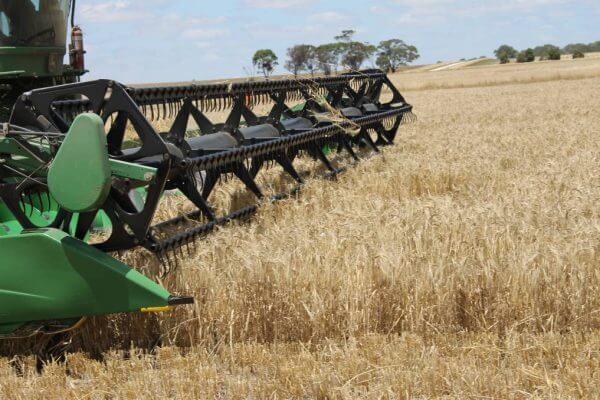
GrainCorp’s weekly update records continued deliveries
AS a prolonged harvest season begins to wind down, deliveries continue to flow into GrainCorp sites across the eastern states.
More than 297,000 tonnes were delivered to receivals in the past week, despite wet weather slowing down growers across NSW and in northern Victoria.
NSW accounted for the majority of deliveries, with 230,920 tonnes recorded in the past week, taking the state’s total for the season to more than 7.4 million tonnes.
Victoria’s Wimmera and North East region’s accounted for the majority of the state’s deliveries in the past week, overcoming wet weather to deliver 57,910 tonnes, bringing the state’s tally to more than 3.5 million tonnes for the season.
Read more here…
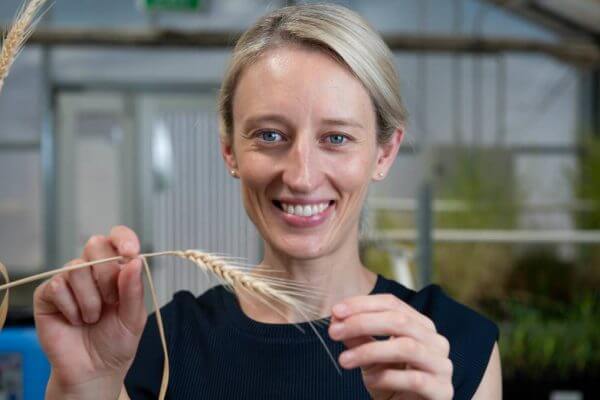
Technology sheds light on root distribution
ACCESS to the best scientific infrastructure Australia has to offer has boosted the work of three young gun researchers aiming to improve the country’s crop management practices and profitability.
The Grains Research and Development Corporation (GRDC), in partnership with the University of South Australia and the University of Queensland, is supporting a unique collaboration project between scientists Casey Doolette, Helen Hou and Han Weng to better understand factors that limit root growth within soil.
The trio has been given access to the Australian Synchrotron, one of the country’s most significant pieces of scientific infrastructure.
Read more here…
South America
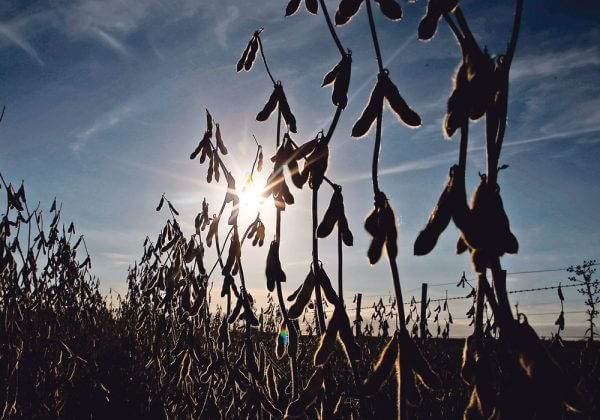
Argentina’s soybean crop at a crossroads
Argentina’s soybean crop is stressed and amid a stretch of extreme hot and dry weather.
“We’re at a very important crossroads right now,” said Drew Lerner, president of World Weather Inc.
There is no rain in the forecast until Jan. 17th and daytime highs will remain in the 34 to 43 C range until then.
“There’s a portion of Argentina’s crop that is already in dire straits and being reduced as each day goes by,” he said.
“Argentina should definitely be on everybody’s radar with losses absolutely likely. They’re underway now.”
Topsoil and subsoil moisture has been severely depleted in most of the country except for an important crop-producing region from San Luis and southern Cordoba into central Buenos Aires where there is “marginally adequate” subsoil moisture.
Read More
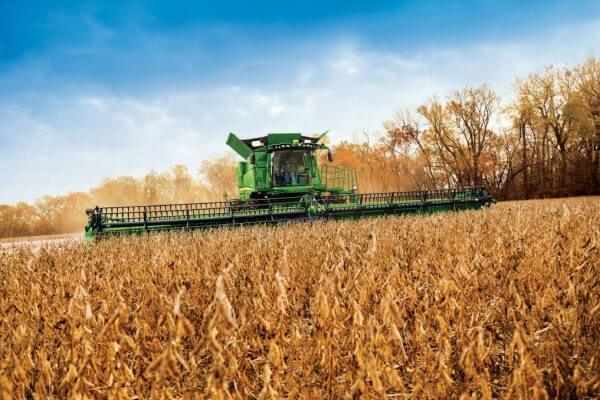
The heat is on in South America
Summer crop production forecasts are tumbling in South America as drought conditions continue to build soil moisture deficits and crop stress in Southern Brazil and much of Argentina.
The La Nina weather pattern threatens to scuttle the production potential of large tracts of this season’s corn and soybean plantings, further tightening global balance sheets.
Ironically, it is a tale of two woes for Brazil – it is too dry in the south and too wet in parts of the north.
Harvest has started about 20 days earlier than last year on the earliest planted crops.
But frequent rains in the northern states have resulted in harvest delays and quality downgrades.
While not an issue at this early point in the season, the rains are also delaying planting of the second corn crop into the recently harvested fields.
Read More here…
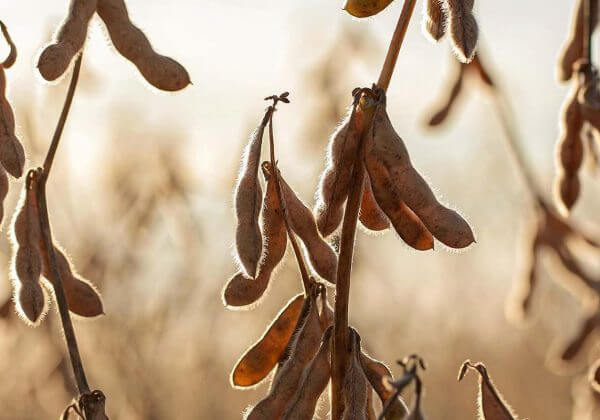
Paraguay lowers expectations on soy due to drought
Paraguay’s Agriculture Ministry has announced between 6 and 7 million tons of soybeans were to be harvested this season against the original projections of 10 million due to the unprecedented weather conditions.
The current drought had led Paraguayan authorities to recalculate their projections, which has resulted in a 40% drop when compared to previous estimates. Paraguay is the world’s fourth largest exporter of soybeans, which may affect the international price of the product, it was reported.
Agriculture Minister Moisés Bertoni explained that “the calculation of 10 million tons of soybeans was made based on an average of 2,840 kilograms per hectare,“ which the Government now knows cannot be achieved. ”It could reach 6 or 7 million depending on the probability of rain we have,” Bertoni added.
In some Paraguayan towns, such as Santa Fe del Paraná, some producers have reported losses of 70% to 100% in some batches.
Read more here
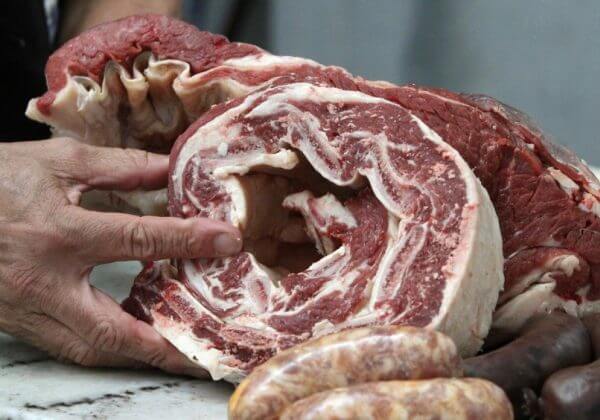
Meat consumption in Argentina fell despite cap on exports
Argentina has recorded a 4.8% decline in meat consumption per inhabitant despite caps on exports imposed by the administration of President Alberto Fernández, which allegedly sought to prioritize the domestic market.
According to a report by the Chamber of Industry and Commerce of Meats and Derivatives of the Argentine Republic (CICCRA), consumption of beef per inhabitant in 2021 was 47.6 kg / year (or -2.4kg / inhab / year).
According to Argentina’s previous standards, December should have yielded a result around 52.4 kg / inhabitant / year, CICCRA said.
Under the Government’s new measures, beef production went down 6.1% in 2021, 194.1 thousand tons below 2020 figures.
Read more here…

Lucky Red Moments Abound With Cherries From Chile Super Lucky Draw
The Chinese New Year on Feb. 1 is fast approaching, which means that Chilean cherries are entering the market with full force in China. Red and plump and bursting with flavorful juice, Chilean cherries are viewed as a symbol of good fortune and blessedness during China’s most important holiday celebration.
In order to get the market in the holiday mood and stir up even greater interest in cherries, the Chilean Cherry Committee of the Chilean Fruit Exporters Association (ASOEX) is now launching its 2022 Cherries from Chile Million Super Lucky Draw. The 2022 Lucky Draw follows up the promotion’s success last season in its inaugural edition, which attracted more than 37,000 consumers to purchase cherries and participate. The draw featured thousands of prizes collectively worth 1.8 million Chinese yuan ($283,000), including the grand prize of a three-year lease on a brand new Tesla electric car.
The entry period for the 2022 edition of the Million Super Lucky Draw will run from Jan. 16 to Feb. 15. Any consumer who buys Chilean cherries in mainland China from any online or offline channel can register via a Cherries from Chile official social media account using a digital version of their proof of purchase, thus getting a chance for an extra cherry-red dose of luck in the form of a fabulous prize.
Read more here…
Food Updates

Switching to olive oil could reduce risk of cardiovascular disease
Read more here…

Research suggests link between sweeteners and infant obesity risk
Could artificial sweeteners increase the obesity risk of your unborn child and even change the bacterial populations in their gut? This question is at the heart of a new study in Frontiers in Nutrition, which finds that when rat mothers consumed sweeteners during pregnancy, their offspring tended to have a higher body fat percentage. The rat pups also showed changes in gut microbial communities, with increases in propionate- and butyrate-producing microbes and reductions in lactose-fermenting species, which could explain the weight gains. The results suggest that maternal diet during pregnancy can affect obesity risk in children.
Many people use low-calorie sweeteners as a healthier alternative to sugar, but they may have some unexpected effects in pregnancy. While they are largely non-toxic in adults, previous research suggests that prenatal consumption by mothers can affect obesity risk and the microbiome in infants. However, no-one had examined this in detail to understand the specific changes in microbial populations and their potential link to obesity.
Read more here…

Dry January is here to stay, but what about the other 11 months?
The Dry January challenge has been popular in the UK for many years now, but research shows that this is not just a passing fad.
The move was started by Alcohol Change UK and has been adapted in other parts of the world. The organisation states that 70 percent of people sleep better, 86 percent of people save money and 65 percent of people notice improved general health after a month of no alcohol.
A study from Atopia – a low-alcohol spirit brand – shows that not only is Dry January participation up from last year, but nearly half of drinkers choose to moderate their alcohol intake all year round.
Last year, 20 percent of UK drinkers intended to take part in Dry January. This year, Atopia’s research showed that this has increased to 26 percent; an equivalent of 1.95 million more Brits.
Read more here…
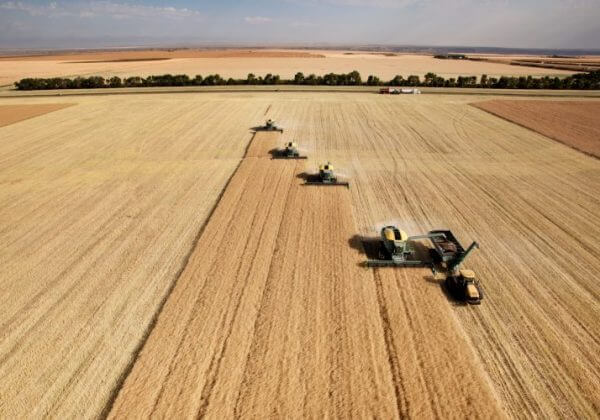
Research links large industrial farming to biodiversity loss
Researchers found that increased farm sizes resulted in a 15 per cent decline in bird diversity.
Although the former inner German border has lost its political implications after the German reunification, researchers found that farms are still five times larger on the eastern side of the border compared to the western side as a legacy of the former farm collectivisation in East Germany.
Read more here…
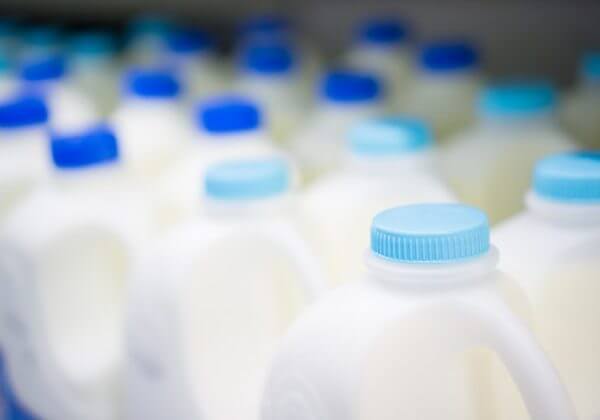
Morrisons aim to end waste by removing expiry dates on milk
Read more here…


